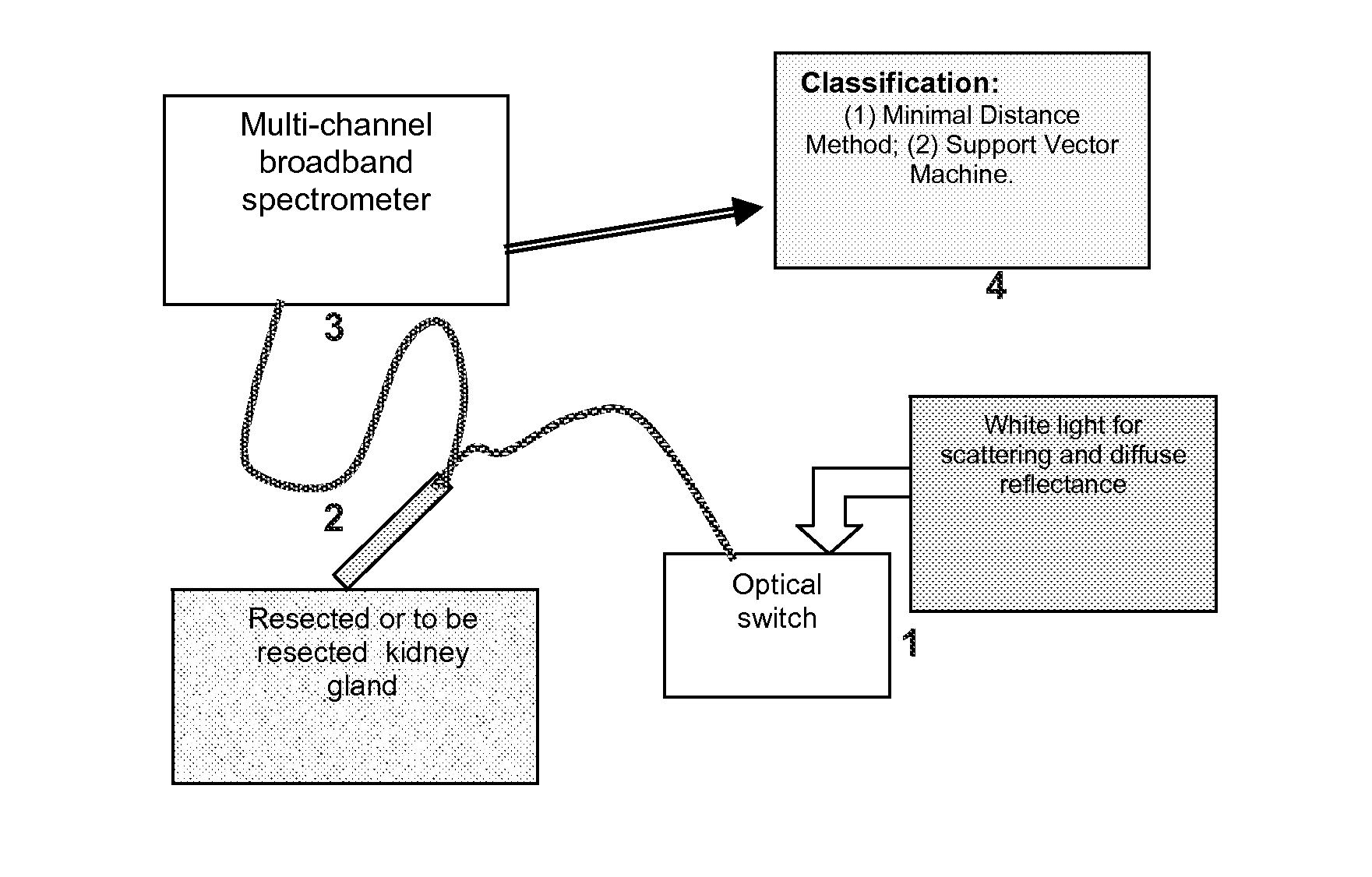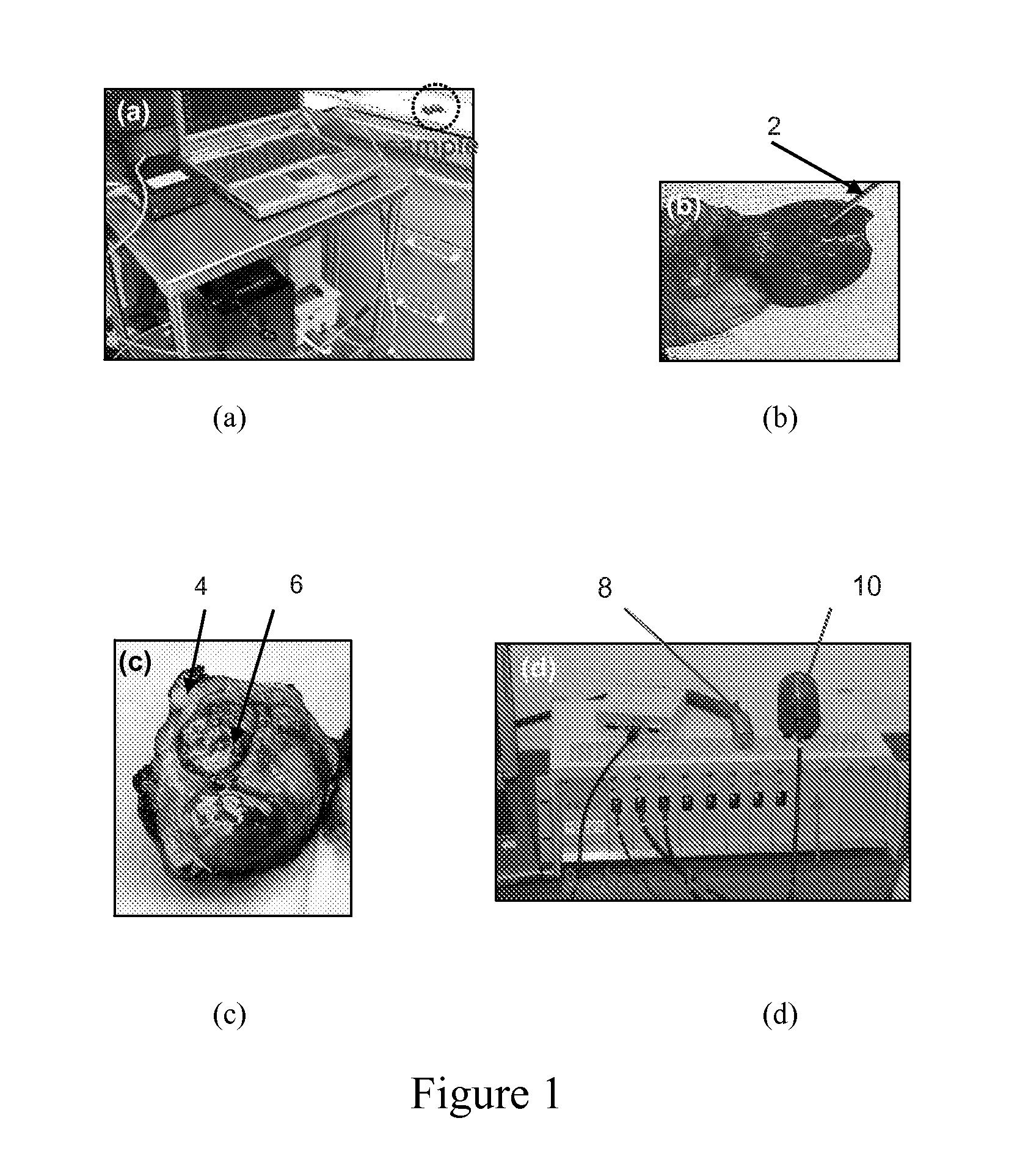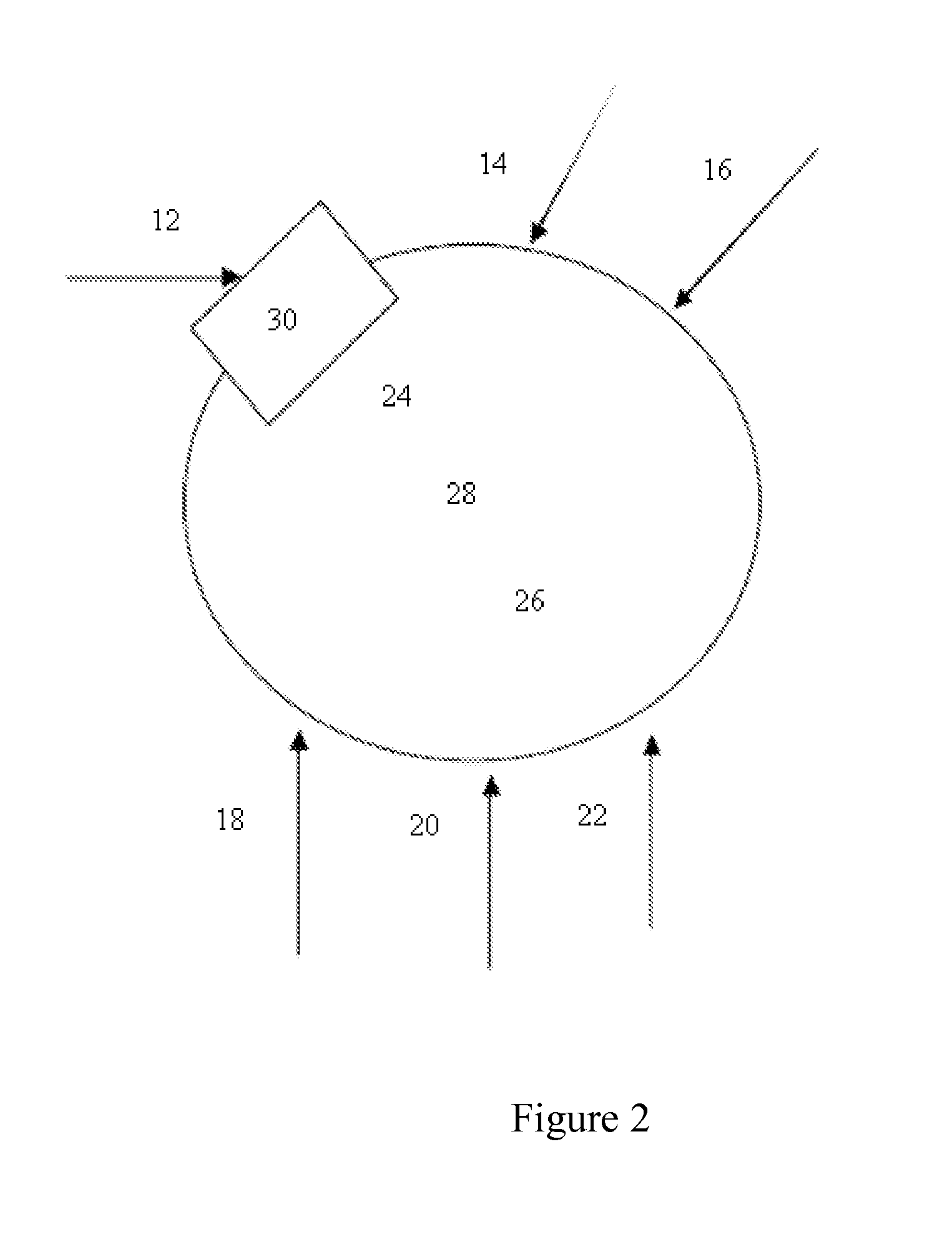Optical Methods to Intraoperatively Detect Positive Prostate and Kidney Cancer Margins
a prostate and kidney cancer and intraoperative technology, applied in the field of in vivo cancer detection, can solve the problems of limiting tactile sensation, difficult procedure with significant time pressure to limit renal insult, and difficult to perform traditional diagnostic needle biopsy of small renal masses, etc., to reduce positive surgical margins and prostate cancer recurrence.
- Summary
- Abstract
- Description
- Claims
- Application Information
AI Technical Summary
Benefits of technology
Problems solved by technology
Method used
Image
Examples
example
[0121]The present invention aims to develop a tri-modal optical spectroscopic approach that integrates three different techniques: light-scattering reflectance, time-resolved fluorescence, and diffuse near infrared spectroscopy (NIRS). The overall goal is that tri-modal optical spectroscopy (i.e. light-scattering reflectance, time-resolved auto-fluorescence and near infrared spectroscopy) enables surgeons to intraoperatively demarcate prostate cancer over the entire resected prostate so as to significantly reduce positive surgical margins and prostate cancer recurrence after surgery.
[0122]Near Infrared Spectroscopy (NIRS) and Optical Properties of Human Prostate: In spite of a significant amount of work have been conducted to quantify the optical and physiological properties of human breast and breast cancer using the non-invasive NIRS approach, limited information is available for the optical parameters of human prostate. With the help of MRI, it was reported that 9 ...
PUM
 Login to View More
Login to View More Abstract
Description
Claims
Application Information
 Login to View More
Login to View More - R&D
- Intellectual Property
- Life Sciences
- Materials
- Tech Scout
- Unparalleled Data Quality
- Higher Quality Content
- 60% Fewer Hallucinations
Browse by: Latest US Patents, China's latest patents, Technical Efficacy Thesaurus, Application Domain, Technology Topic, Popular Technical Reports.
© 2025 PatSnap. All rights reserved.Legal|Privacy policy|Modern Slavery Act Transparency Statement|Sitemap|About US| Contact US: help@patsnap.com



